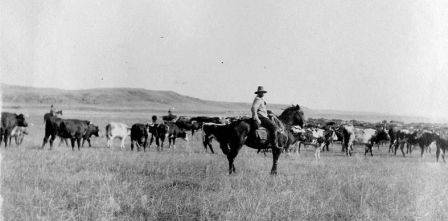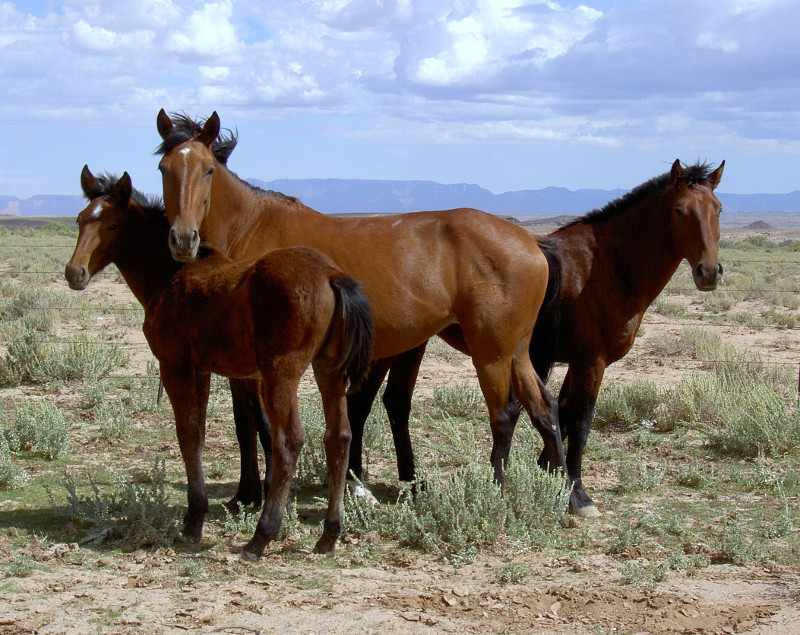Horses and the Settlement of the American West

The introduction of horses to North America dramatically transformed the landscape and culture of the American West. This article explores the pivotal role horses played in the settlement and development of this vast region.
Historical Background
Horses were reintroduced to North America by Spanish explorers in the late 15th and early 16th centuries. Before this, indigenous peoples had no horses, and their arrival revolutionized transportation, hunting, and warfare.
| Period | Event | Impact on Settlement |
|---|---|---|
| Late 1400s | Spanish bring horses to the Americas | Enabled mobility and expansion of tribes |
| 1700s-1800s | Horses spread across the Great Plains | Facilitated hunting and trade |
| 1800s | Westward expansion by settlers | Improved transportation and communication |
Impact of Horses on Settlement
Transportation and Mobility
Horses allowed settlers to travel greater distances more quickly and carry heavier loads. This mobility was crucial for exploring new territories, establishing trade routes, and connecting remote settlements.
Economic Development
Horses were essential for ranching and farming, enabling settlers to manage livestock and cultivate land more efficiently. They also played a key role in industries such as mining and logging.
Cultural Influence
The horse became a symbol of freedom and the rugged spirit of the West. Native American tribes integrated horses into their culture, which influenced their social structures and warfare tactics.
Table: Roles of Horses in the American West
| Role | Description | Example |
|---|---|---|
| Transportation | Facilitated movement of people and goods | Pony Express riders delivering mail |
| Agriculture | Assisted in plowing and herding | Cattle ranching operations |
| Military | Used in cavalry and defense | U.S. Cavalry during Indian Wars |
| Communication | Enabled faster message delivery | Telegraph repair crews on horseback |
Frequently Asked Questions (FAQ)
Q1: When were horses first introduced to the American West?
A1: Horses were first brought to the Americas by Spanish explorers in the late 1400s and gradually spread westward over the following centuries.
Q2: How did horses affect Native American cultures?
A2: Horses transformed Native American societies by enhancing hunting capabilities, mobility, and warfare strategies, leading to significant cultural shifts.
Q3: What role did horses play in westward expansion?
A3: Horses were vital for transportation, communication, and economic activities, enabling settlers to explore and develop new territories efficiently.
Q4: Are horses still important in the American West today?
A4: While modern technology has replaced many traditional uses, horses remain culturally significant and are used in ranching, tourism, and recreational activities.
The horse’s introduction and integration into the American West were instrumental in shaping the region’s history and culture. Their legacy continues to influence the West’s identity and economy today.
